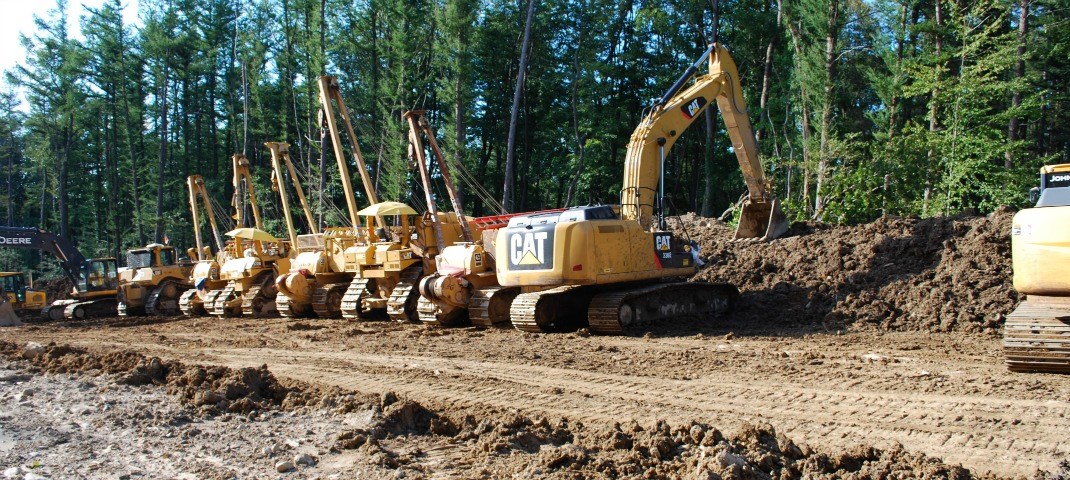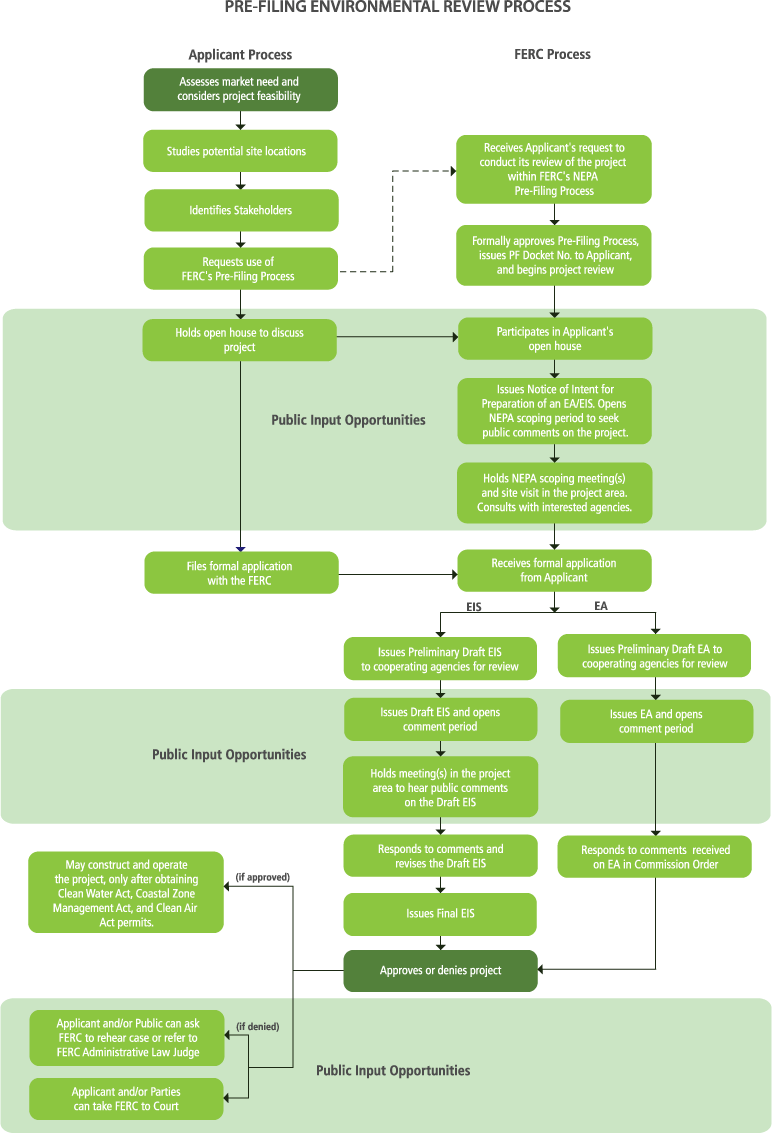MercerMe has been reporting on the recent developments connected to the PennEast Natural Gas Pipeline Project, proposed to cross through northern Mercer County. With a slate of public meetings to begin soon, we have been gathering information on what community members can expect from the pipeline process as we all add a series of previously obscure terms to our vocabulary. While much has been written and said about the pipeline’s path, local objections and whether opposition has a chance, very little has emerged about the process itself.
At their core, natural gas pipelines are national infrastructure projects, regulated by the Federal Energy Regulatory Commission (“FERC”). You’ll hear that term a lot – often within the context of “power” or “authority”. While FERC does dabble in the electricity kind of power, often what is being referred to is the power of eminent domain associated with the national projects for a public energy use. That power, to acquire property for the public use, extends not just to private property (much like the State Department of Transportation can acquire property needed for a road project without the owner’s consent) – but to local, county and even state owned property. Once the project is approved, the pipeline operators could actually force a transfer of property interests from a county park or even a State facility.
That does not mean, however, that local governments are completely out of the loop – nor are local citizens. First and foremost, any person whose property is needed for the project will get to negotiate the terms of the acquisition of the property. If acceptable terms are not reached, the property owner does have recourse to the courts to establish the “fair market value” of the area taken. Local governments owning property that is targeted would be in a similar boat.
PennEast has apparently just completed the “Open Season” process, where they test the market to see whether there are interested producers and purchasers at either end of their proposed pipeline. With enough commitments in hand from other companies to make attempting the application worthwhile, the builder next starts the process of asking FERC to issue certificates of “public convenience and necessity” for the construction of the pipeline under the Federal Natural Gas Act of 1938. The application will be publicly published in the Federal Register to begin FERC’s review process.
Of interest to locals concerned about the pipeline, there are two possibly different paths of environmental review: one easy and one hard, one quick and one involved.
The first possible path is that the applicant can request a limited Environmental Assessment, which is a concise statement sufficient to determine whether a quick finding of “no significant impact” can be made, potentially bypassing the more involved Environmental Impact Statement (EIS) process.
The full EIS process, which is the second possible path, will require an analysis of alternatives, descriptions of the adverse effect to the environment, and input from numerous other agencies, including the federal EPA, DOT’s Pipeline and Hazardous Material Safety Administration, Bureau of Land Management, Fish and Wildlife Service, National Park Service and Army Corps of Engineers (don’t get too excited that the “Army” might step in – the Corps regulates the fill of wetlands and other navigable waters of the United States under the Rivers and Harbors and the Clean Water Acts).
If approved, FERC would issue a certificate for the project and attach the terms and conditions for construction, including any required environmental mitigation. It’s that certificate that gives the project the eminent domain authority – without it, PennEast has as much power as CocaCola or Apple to acquire your property.
Even once approved, several more hurdles and opportunities for public comment exist for the project. While the power of the FERC certificate makes the project immune from conflicting local rules, regulations and laws that would interfere with the Federal authority (i.e., zoning) – the developer does still need to go through local permitting processes with the State and Federal governments. Road and river crossings, for example, would be subject to some State control, as would filling of State regulated (freshwater) wetlands. (For an extensive survey of the interplay between local and federal permitting required for the project, a recent GAO report can be accessed here.)
If you’re a pictures person, the good folks at FERC have put together the following chart showing when when, how and what of the environmental review.
As the Mercer community becomes versed in the language of the pipeline process, the real discussion can begin. MercerMe will be here at each step and encourages everyone interested to participate in the process. We will be right there with you with our own questions and comments.
Ryan Kennedy is regular contributor to MercerMe, and is an attorney with Hill Wallack LLP’s Princeton office where he represents government entities and property owners in eminent domain matters. The views and information expressed in this article are solely intended for general information purposes and do not constitute legal advice. For legal advise or representation in connection with a condemnation, please consult an attorney.





